
Welcome to “A Night at the Opera,” a bi-monthly column dedicated to demystifying the art form for the Aida-curious and the Ring Cycle-indoctrinated alike. Along the way, you can expect gossip from the champagne line, epiphanies at intermission, and critiques courtesy of CULTURED's Editor-at-Large Kat Herriman, and the magazine’s favorite artists, designers, actors, and writers. In this installment, Herriman is joined by the cult artist and designer Susan Cianciolo at the Met Opera’s presentation of Die Zauberflöte for a crushingly contemporary take on a comic classic.
Rym Beydoun and I are picking at dumplings and under-steeped tea in Shun Lee West’s checker-boarded dining room. I’m doing the majority of the work as Beydoun, the designer behind Super Yaya, has a birthday dinner later, and I have a date with the cult artist and designer Susan Cianciolo and her daughter, Lilac. We’re going to the Metropolitan Opera’s new production of Wolfgang Amadeus Mozart’s Die Zauberflöte (otherwise known as The Magic Flute).
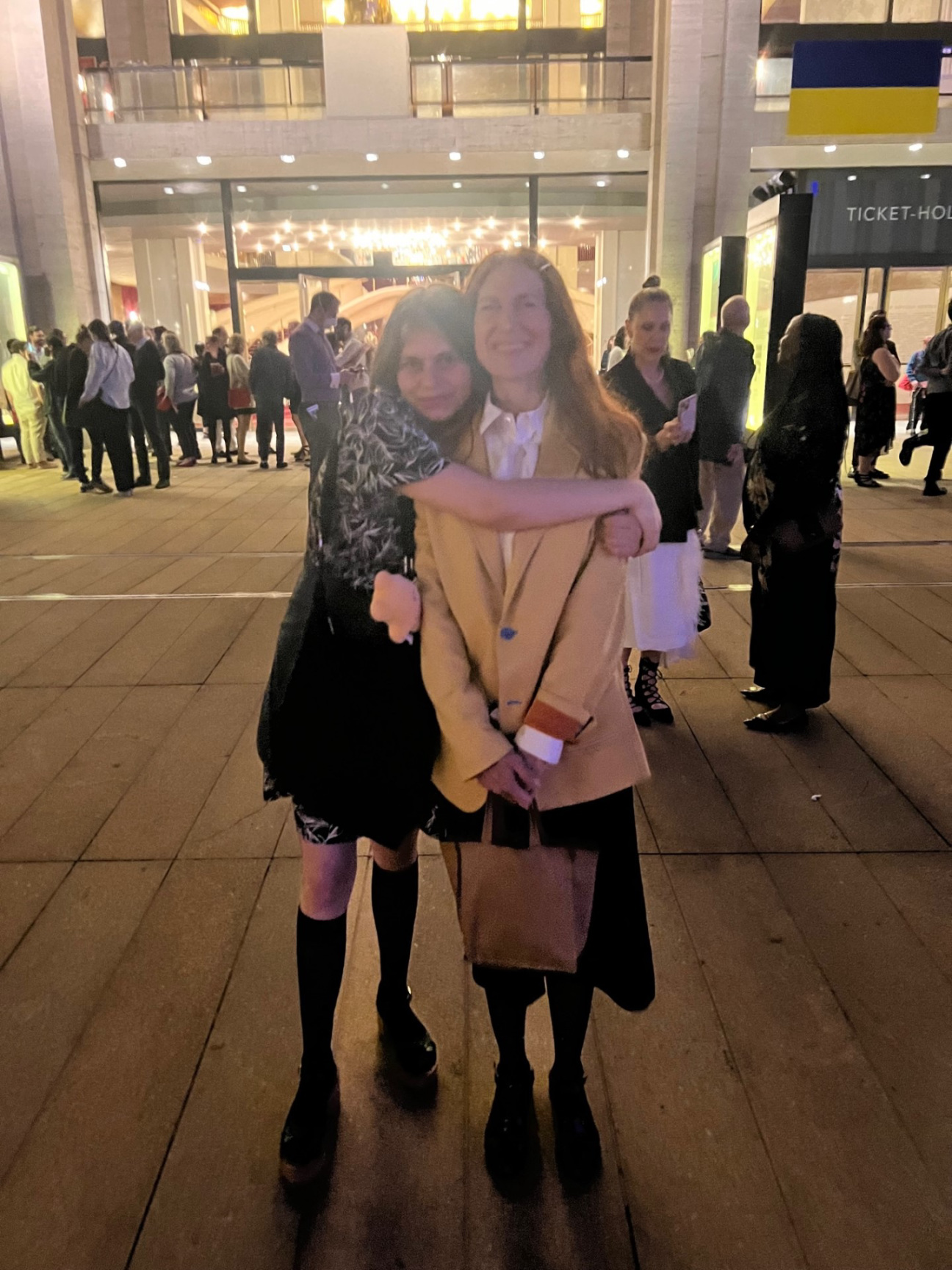
The evening air tastes of coals. A voice rushing past me blames it on the Canadian wildfires. I cross the street to Lincoln Center and wait for Cianciolo and Lilac. Susan doesn’t relate to time like I do. I am anxious and early; Susan is late and perfect. If I’m a believer in anything it is Susan. I converted back when I was a Bridget Donahue intern, organizing part of her “Run” collection archive. I remember sitting on the uneven floorboards of the gallery sorting through box after box of colorful scraps trying to force this confetti into some kind of linear logic. How does one build a timeline from loose leaves by Mark Borthwick, flyers for shows at now defunct galleries, menu cards for expired meals, and polaroids of Rachel Feinstein beaming at her opening or Rita Ackermann on her wedding day?
Even my own memories of Susan have become hard to keep straight. The only concrete milestone is Lilac, who I remember doling out quesadillas at Susan’s second Bridget Donahue show, and driving a dolly wildly through the exit of Frieze New York to hasten our sluggish departure. Today, she’s an erudite young woman who blushes for me, even when my only crime is an innocent joke about throwing my number into the pit to catch the attention of the flutist I like. This was at Dialogues of the Carmelites, whose second act made me bawl. When her mother picked her up, Lilac's reaction to the evening of sisterly martyrdom was simple: “Mom, you couldn’t have handled it.”
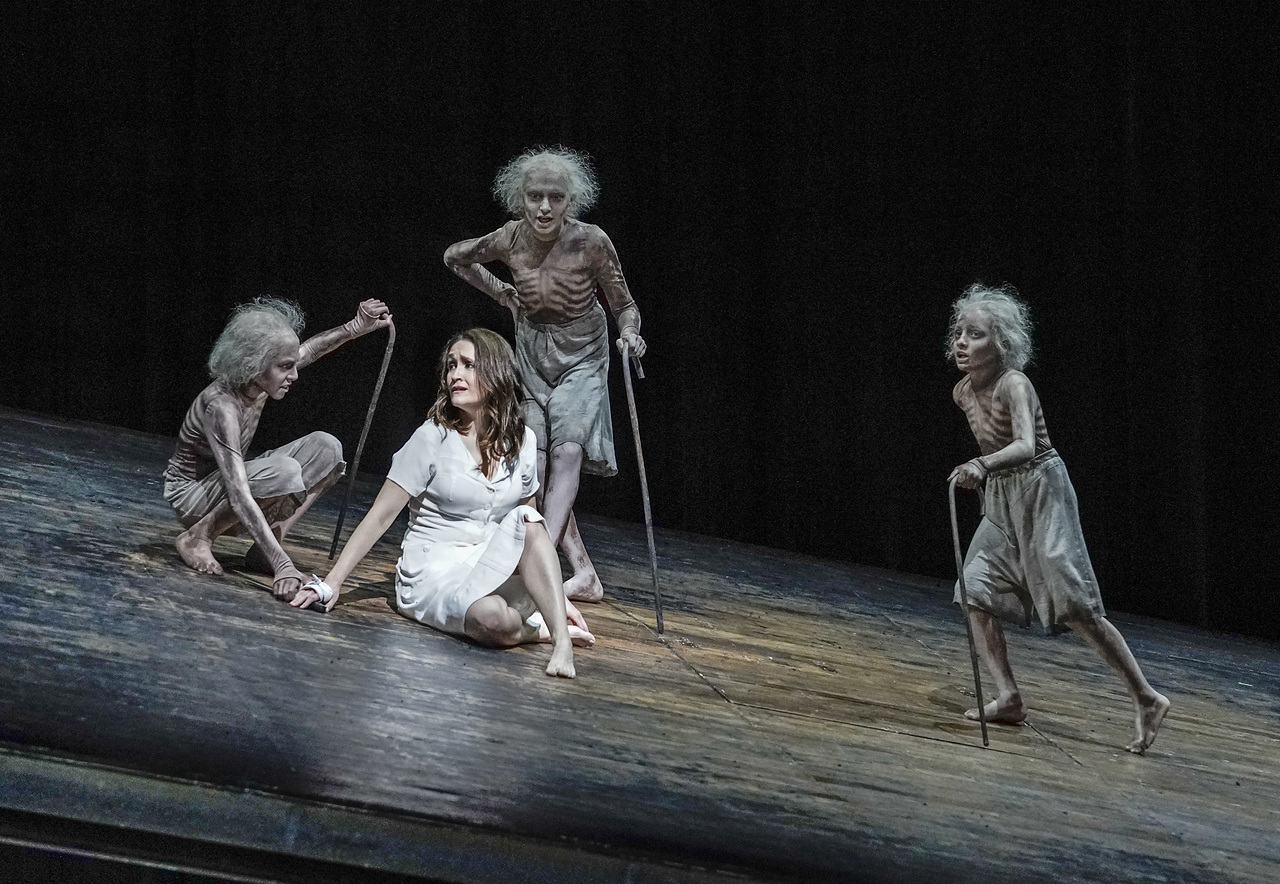
I’m not surprised to learn upon taking our seats that Lilac knows more about Die Zauberflote than either Susan or me. She reminds her mother that she used to play the soundtrack incessantly when Lilac was young. “It’s about the elements, the fight between the queen of the night and the king of the day,” she explains. “Something timely then?” I ask, referring to the fire and brimstone outside. Lilac rolls her eyes as only teenagers can. I try to recover her respect by saying that the show’s mythological proportions are interesting to me because it was the last opera Mozart wrote before dying at 35. I’m saved by the ascending chandeliers.
We can almost touch conductor Nathalie Stutzmann, as the pit has been elevated to our height. There are also new additions to the ensemble: a visuals guy equipped with a camera, and a woman armed with a kitchen’s worth of alternative timpani—think bottles, rattles, and suitcases. These interlopers kick off the show: the man projects the opening credits on a screen, as the woman conjures a snake’s hiss.
I’m nervous because it seems at first that this particular production of Die Zauberflote will forgo the typical pageantry of the seminal opera in favor of a contemporary update. (There are cellphones on stage.) I am relieved when the choreography breaks up the Kim Possible-esque costumes with the ingenious use of materials like flapping sheets of computer paper, which make up Papageno’s trembling flock. Played by Thomas Oliemans, the Queen of the Night’s bird catcher is intended to be comic relief, but we fall for him quickly. I only break away to admire my favorite flutist, Seth Morris, who is finally getting the spotlight he deserves. In this production Morris is not only visible in the orchestra; he is actually brought on stage to animate the namesake magic flute–which is not surprisingly, his own. I dare a wink at Lilac. “Now I know why they wanted to do this production,” I whisper, soliciting another eyeroll.

The first act is all set-up. The visual vibe is black-box-comedy-meets-shadow-puppet-show. None of the costumes inspire me the way the apron I’m wearing by Susan does, but the richness of the performances make up for the aesthetic starkness. I’m especially a fan of the Queen of the Night (played by Kathryn Lewek), whose charging of the prince, Tamino (played by Lawrence Brownlee), to save her daughter, Pamina (played by Erin Morley) sends a shiver down my back.
During intermission, we finish off a box of macaroons and bemoan the contemporization of the show. Susan had looked up every production’s costume beforehand and was expecting a certain kind of fantasy that the camo pants and tracksuits were not fulfilling. We all agree that despite our own aesthetic preferences we are enjoying the story and the music. “Perhaps this is what opera must do to remain relevant?" we asked ourselves. Thinking of Susan’s own anachronistic DIY ways of pulling unlike materials together from quilt fabrics to decorated paper towels–I felt perhaps there were better solutions out there–ones whose coolness endured no matter what decade they were dropped into. I kept thinking of the paper birds and the plastic napkin sewed to the front of my shirt and embroidered with a red daisy. Timelessness is conferred in small gestures rather than large leaps.
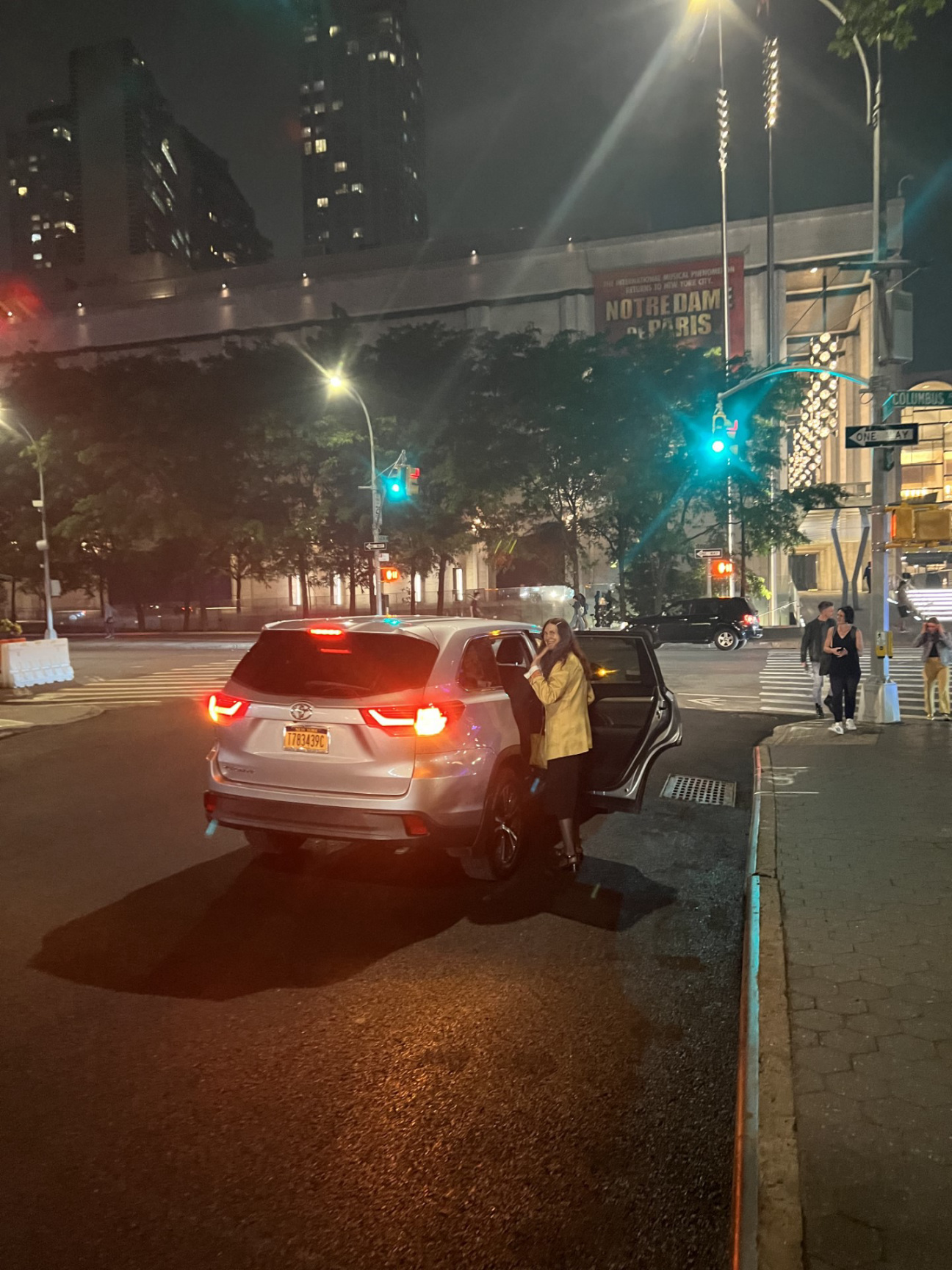
If the first act made us thirsty, the second fills our cup. Ever the romantics, Susan and I feel for Tamino and Pamina, who are asked by fate to be silent until they made their way out of the abyss. There is no punishment worse than being ghosted. I’d rather have the teenage eye roll than the void any day. Yet it is not this tragedy that finally brings me to tears, but the Queen of the Night’s final aria, which falls in bone-chilling waves and inspires a standing ovation.
But in the end, Papageno and his flock of fake birds stick with us out into the fiery air. “I think I fell in love with him,” says Susan. I concur. Even Lilac doesn’t flinch. Papageno unfortunately did not pick us when he clamored into the audience searching for love in the second act. In a twist of fate, he selected a friend of Susan’s instead: Casting Director Rachel Chandler. They projected her face, held in her hands, onto the big screen. The casting director finally cast.
The next day, Susan wrote to me. Her cat, who had never been named, would forevermore be Papageno: her own bird catcher of paper planes.

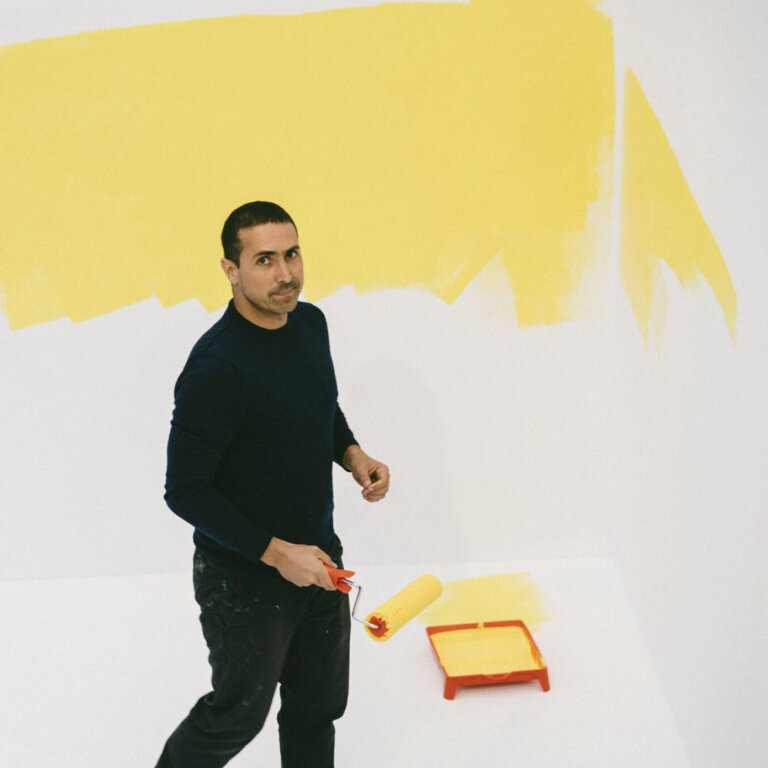
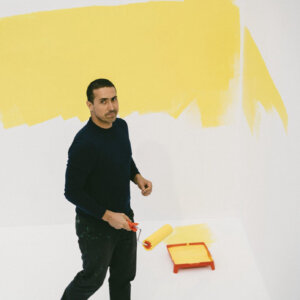



 in your life?
in your life?

